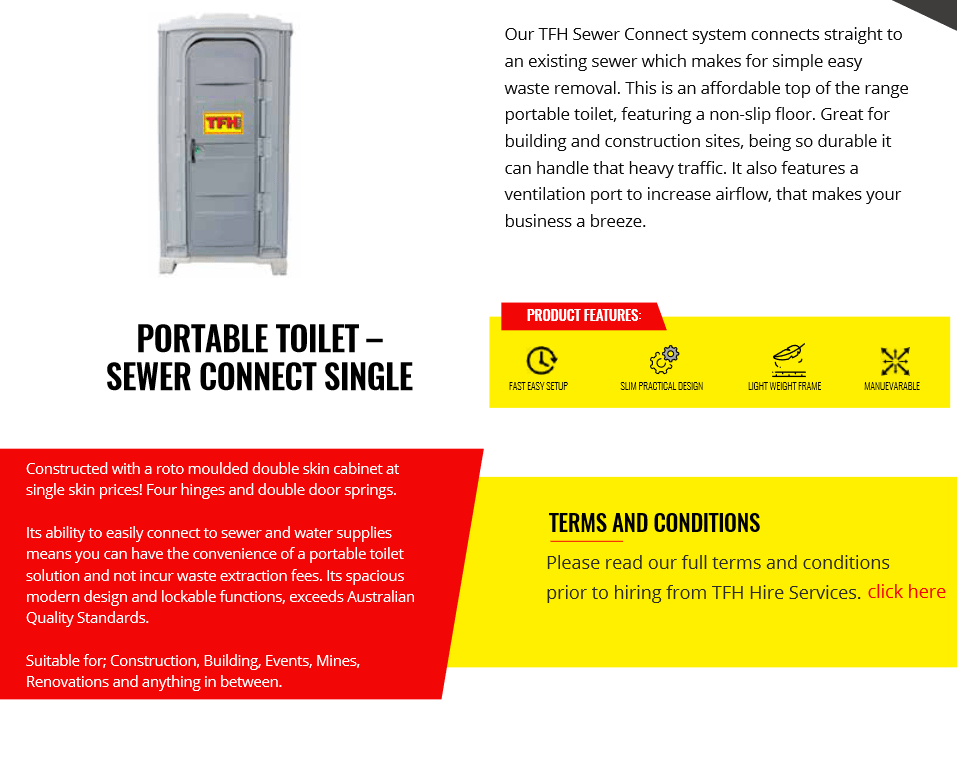The Definitive Guide to Reclaim Waste
The Definitive Guide to Reclaim Waste
Blog Article
Not known Facts About Reclaim Waste
Table of ContentsThe 7-Minute Rule for Reclaim WasteUnknown Facts About Reclaim WasteThe Greatest Guide To Reclaim WasteThe 2-Minute Rule for Reclaim WasteRumored Buzz on Reclaim Waste
Domestic sewer waste refers to the waste and products from a property septic container. The appropriate monitoring and disposal of domestic sewage waste call for liquid waste to be transferred to a sewer treatment plant where the appropriate methods and devices are used to purify and dispose of waste.
Industrial waste typically consists of potential hazards, such as flammable products or a mixture of liquid and strong waste items, and needs an advanced and comprehensive disposal procedure. The disposal of commercial waste typically involves the purification of waste prior to transportation to guarantee risk-free and correct disposal. Industrial waste is produced from byproducts and runoff of commercial processes and manufacturing.
This sort of waste can not utilize the very same sewer management transport or procedures as septic or commercial liquids. The industrial waste management process requires the evaluation and screening of fluid waste prior to it undergoes the disposal procedure (liquid waste removal melbourne). Overflow waste is the fluid waste that originates from drainage and excess stormwater in highly inhabited areas or cities
Drainage waste can cause contamination and flooding if not dealt with correctly. Making sure correct waste monitoring can stop catastrophes and reduce ecological damage.
Some Known Details About Reclaim Waste
Call PROS Services today to learn more about our waste administration and disposal services and the appropriate ways to look after the liquid waste you generate.
(https://www.provenexpert.com/reclaim-waste/)Do you understand what happens to your water when you end, flush the commode or drain the washing machine? No? Well, it deserves knowing. This supposed 'wastewater' is not only a vital source yet, after treatment, will certainly be released to our land, waterways or the ocean. Made use of water from toilets, showers, baths, kitchen sinks, washings and industrial processes is referred to as wastewater.

water made use of to cool equipment or tidy plant and equipment). Stormwater, a kind of wastewater, is runoff that moves from farming and metropolitan locations such as roofings, parks, gardens, roads, courses and rain gutters right into stormwater drains, after rain. Stormwater streams neglected directly to local creeks or rivers, at some point reaching the sea.
The Facts About Reclaim Waste Revealed
In Queensland, a lot of i loved this wastewater is treated at sewage treatment plants. Wastewater is moved from residential or commercial sites via a system of sewage systems and pump stations, understood as sewerage reticulation, to a sewage therapy plant.
The Department of Natural Resources recommends local governments concerning handling, operating and keeping sewerage systems and treatment plants. In unsewered areas, city governments might need householders to install individual or home sewer treatment systems to deal with residential wastewater from commodes, kitchen areas, restrooms and laundries. The Department of Natural Resources authorizes making use of home systems when they are shown to be reliable.
The majority of stormwater obtains no therapy. In some new subdivisions, treatment of some stormwater to remove clutter, sand and gravel has started utilizing gross pollutant catches. Wastewater therapy occurs in 4 phases: Removes solid issue. Larger solids, such as plastics and various other items mistakenly released to sewers, are gotten rid of when wastewater is gone through screens.
Wastewater after that flows right into large tanks where solids resolve and are removed as sludge. Oil and scum are skimmed from the surface. Utilizes little living organisms understands as micro-organisms to damage down and get rid of staying liquified wastes and great fragments. Micro-organisms and wastes are included in the sludge. Eliminates nitrogen and phosphorus nutrients that could cause algal blooms in our waterways and intimidate aquatic life.
About Reclaim Waste
Nutrient removal is not offered in any way sewage therapy plants since it needs expensive specialist equipment. It is coming to be much more common in Queensland. Clear liquid effluent generated after therapy may still contain disease-causing micro-organisms. If this effluent is launched right into rivers such as rivers or the sea, the micro-organisms will ultimately pass away out.

This typically suggests wastewater has to be dealt with or contaminants removed before it can be released to waterways. A lot of wastewater flows into the sewerage system. Under the Act, city governments administer approvals and licences for ecologically appropriate tasks (Periods) entailing wastewater releases that may have a neighborhood impact. The department provides approvals and licences to Periods involving wastewater launches that may have a local or statewide influence.
Reclaim Waste for Dummies
Otherwise, samples are taken for research laboratory analysis. Commonly several tests are required to develop the degrees of each of the various pollutants such as oils, heavy metals and pesticides in water. Tracking gives valid information regarding water top quality and can validate that permit conditions are being fulfilled. The information obtained through tracking supplies the basis for making water high quality choices.
Report this page